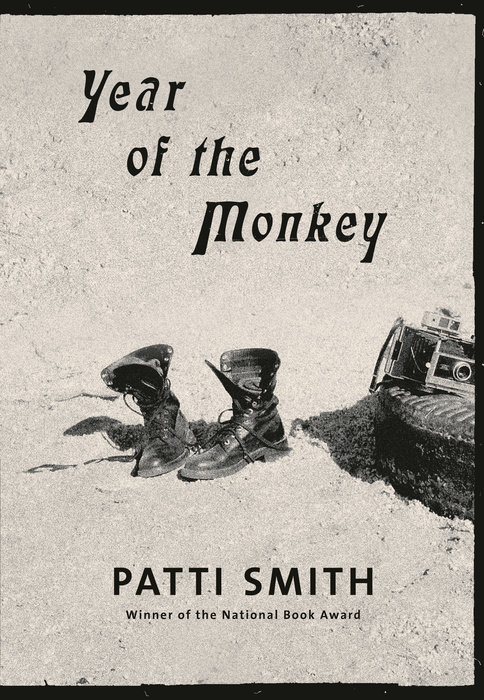Slave Play by Jeremy O. Harris
Slave Play / Jeremy O. Harris / Golden Theatre to 01/19/2020
What is the correct way to sit and watch a play? How about a highly provocative play centered around “antebellum sexual performance therapy”? Would you, or could you, laugh at a twerking slave? How about a plantation mistress’ rocky foray into BDSM? In Slave Play, these questions aren’t just on display, they’re front and center: the set is fully mirrored so that rows of attendees must watch themselves, their uneasy grins, glinting back from beyond the performance.
Slave Play relentlessly disputes that white gaze through intimate portrayals of interacial couples’ struggles in the bedroom. But its premise reaches far beyond the initial gimmick, striving not for shock value, but for an elongated experience of unpacking centuries of racial trauma through the constricting and increasingly absurd lens of a “loving” relationship. The result is continually unsettling, comical, turbulent, and difficult for the viewer. But who is the typical viewer at a work like Slave Play? When I saw the show, the faces surrounding me — and reflected out from the stage — were significantly younger than at any standard night on Broadway, but still primarily white.
Playwright Jeremy O. Harris has shared in interviews that he wrote Slave Play with a black audience in mind despite the traditional Broadway crowd. In this context, the incessant shine of the mirrors provides a visual layer that is highly reflexive and especially challenging. Recently in The Guardian, Harris asked, “How can we change what the next generation of theater-goers look like?” At a time when an average theater ticket costs over $100, Harris ensured 10,000 tickets for a decreased price, along with daily $39 rush tickets, free student previews, and one “Black Out” night, open exclusively to black artists, journalists, and organizations.
Slave Play is running at the John Golden Theatre through January 19, 2020. Contact Columbia Review editor, David Ehmcke (de2365@columbia.edu) for a discount code to see the play yourself!
– Emily Mack

Sisters of the Vast Black by Lina Rather
What will it take for humanity to set aside its self-destructive tendencies? This is a question at the heart of Lina Rather’s debut novella Sisters of the Vast Black. After a catastrophic war between newly colonized planets and the the old government of Earth, humanity is splintered into isolated patches throughout the solar system with vast expanses of space in between them. The Catholic Church sends out nuns and priests from Earth to heal the plague-ridden sick, administer religious rights, and spread the word of God. Rather does an excellent job of slowly introducing us to a unique band of sisters with their own motivations and personalities as they confront a latent threat lingering from the last great war.
From the opening in the midst of a debate about the right of their biological spaceship, which is both a living organism and consecrated location, to reproduce, the titular sisters and their journey ground questions about morality and human nature in a time when humankind has reached beyond the bounds of our native planet. The inefficient means of communication and difficulty in acquiring adequate supplies foster feelings akin to those of a western novel. The characters are on the frontier, distant from convention and authority. Here they have the freedom to examine their lives and their faith in new ways. The narrative beats and world-building also feed into these explorations by raising questions about the influence of the past on the present and humanity’s ability to grow out of its violent nature.
Fans of speculative fiction and newcomers to the genre alike will find something to appreciate in Sisters of the Vast Black. The relatability of the all too human struggles on both a personal and societal scale help ground the science-fictional setting of the story. The philosophical discussions of responsibility, war, and hope also remain incredibly relevant even when spoken by nuns inside of their organic spaceship millions of miles from Earth. Despite its slow start, the tense plot and compelling characters will give readers a glimpse at a kernel of human goodness that shines even on the edge of the vast black.
-Evan Mortimer

Year of the Monkey by Patti Smith
I’ve always had a certain expectation of memoirs to be extremely concrete, and as a consequence, somewhat boring. In Patti Smith’s memoir Year of the Monkey, which details her year, 2016, reality is anything but the focal point. Following a series of performances at the Fillmore, Smith embarks on an improvised journey across America, spurred by a series of dreams.
As Smith wanders from the beaches of California to the orange deserts of Arizona, dreams and the subconscious are seamlessly woven throughout her recollection, creating the effect of a flickering VHS tape. It’s impossible to tell what is real and what isn’t, but I found myself not really caring about the distinction between the two. The beauty of the book is Smith’s ability to dance between the two, to hold the sobering story of a friend in a coma and a weirdly delightful conversation with a motel sign in the same chapter.
While there is very little that is tightly cohesive within the book, Smith manages to anchor the reader to her own sense of curiosity and exploration. Although not a journal by any means, there is a sense of closeness to the author in the small moments and minute observations that Smith details throughout the memoir. These quiet moments contrast so effectively against the hazy dreaminess of the rest of her piece, providing footholds to access the story as a whole. Year of the Monkey is a beautifully meditative work, somehow perpetually wandering but not at all lost.
-Anna Lang

